Are you considering getting a Siberian Husky as a pet? If so, you may be drawn to their stunning appearance, with their thick fur and piercing blue eyes. However, before making a decision, it’s important to understand the unique characteristics and needs of this breed. Siberian Huskies are known for their athleticism, intelligence, and strong-willed personalities. They require plenty of exercise, mental stimulation, and consistent training to thrive as a pet. With the right care and attention, a Siberian Husky can make a loyal and loving companion for the right owner.
Breed Category: Working
Country of Origin: Russia
Average Size:53-60 cm (at the shoulder)
Average Weight:16-27 kg
Average Life Span: 12-14 years
Grooming Requirements: Moderate
Exercise Requirements:High
History and Origin
The Siberian Husky is a breed of dog that originated in Siberia, Russia. They were originally bred by the Chukchi people, who used them for transportation and as working dogs. The Chukchi people were nomadic and relied heavily on their dogs to help them travel long distances across the frozen tundra. The Siberian Husky was specifically bred for endurance and strength, as well as their ability to withstand the harsh Siberian climate.
The Siberian Husky was first introduced to the United States in 1909, when a team of Siberian Huskies was brought over to Alaska for use in sled dog racing. The breed quickly gained popularity in the United States, and by the 1920s, they were being used in sled dog racing competitions across the country. In 1930, the American Kennel Club officially recognized the Siberian Husky as a breed.
During World War II, the Siberian Husky played an important role in the war effort. They were used by the United States Army’s Arctic Search and Rescue Unit to help locate downed pilots and transport supplies across the frozen tundra. The Siberian Husky’s endurance and ability to withstand extreme cold made them an ideal choice for this type of work.
Today, the Siberian Husky is still used for sled dog racing, as well as for search and rescue operations in cold climates. They are also popular as family pets, due to their friendly and outgoing nature. However, it is important to note that the Siberian Husky is a high-energy breed that requires a lot of exercise and attention. They are not recommended for people who live in small apartments or who do not have the time to devote to their care.
In conclusion, the Siberian Husky is a fascinating breed with a rich history and a strong connection to the people of Siberia. Their endurance, strength, and ability to withstand extreme cold make them an ideal working dog, while their friendly and outgoing nature makes them a beloved family pet. Whether you are looking for a sled dog or a loyal companion, the Siberian Husky is a breed that is sure to capture your heart.
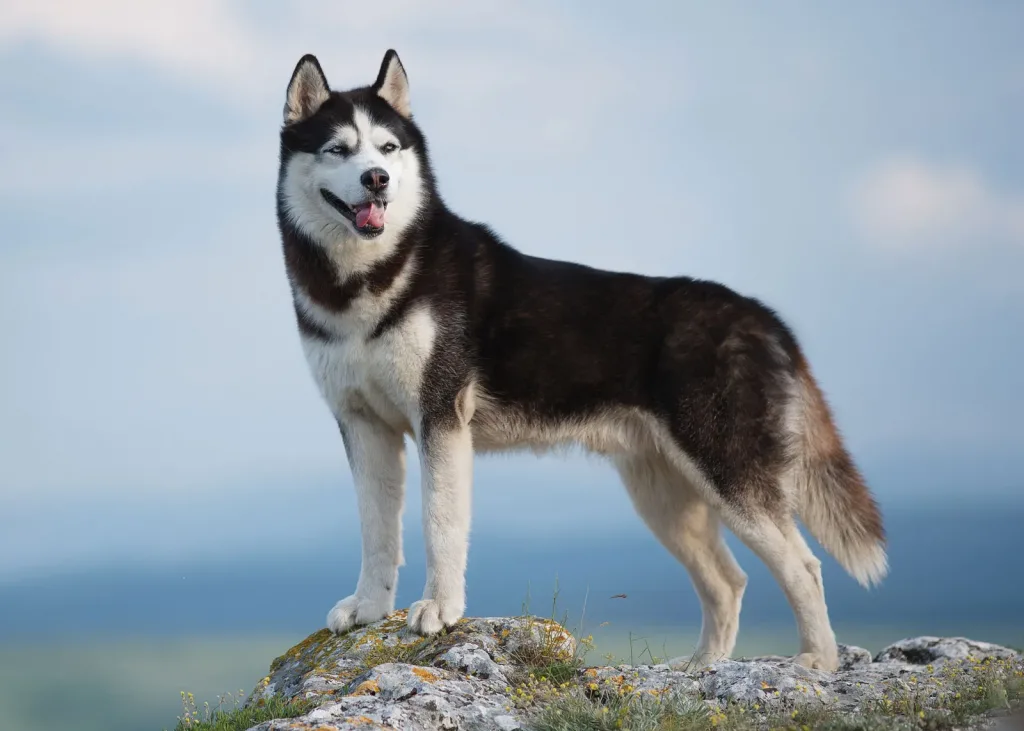
Size and Breed Category
The Siberian Husky is a medium-sized dog breed that originated in Siberia, Russia. They are known for their thick double coat, which comes in a variety of colours including black, white, grey, and red. The breed typically weighs between 16-27 kg and stands at a height of 50-60 cm at the shoulder. Siberian Huskies have a distinctive wolf-like appearance, with pointed ears and a curled tail. They are a highly active breed and require plenty of exercise to keep them happy and healthy. Siberian Huskies are also known for their endurance and were originally bred to pull sleds over long distances.
The Siberian Husky is classified as a working dog breed and is often used for sledding, carting, and racing. They are highly intelligent and independent, which can make them challenging to train for inexperienced owners. Siberian Huskies are also known for their friendly and outgoing personalities, making them a popular choice as family pets. However, they do have a strong prey drive and may not be suitable for households with small pets such as cats or rabbits. Overall, the Siberian Husky is a unique and fascinating breed that requires a dedicated owner who can provide them with the exercise and mental stimulation they need to thrive.
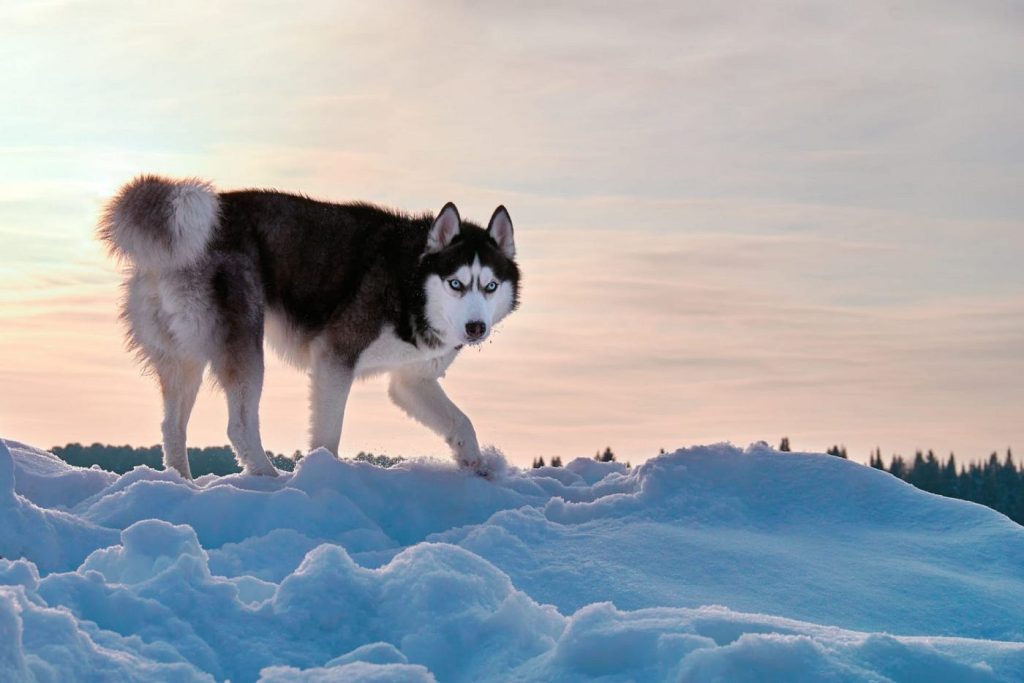
Fur Length and Colour
The fur of a Siberian Husky is one of its most distinctive features. The breed has a double coat, with a thick, soft undercoat and a longer, coarser topcoat. The fur is designed to keep the dog warm in cold weather, and it is also water-resistant. The length of the fur can vary depending on the individual dog, but it is generally medium to long. The fur on the tail is particularly long and bushy, giving the dog a distinctive appearance.
Siberian Huskies come in a range of colours, from black and white to grey, red, and even pure white. The most common colour is black and white, with a distinctive pattern of black markings on a white background. Some dogs have a solid colour, while others have a mix of colours. The fur can also have different shades and tones, giving each dog a unique appearance. The colour of the fur can also change as the dog ages, with some dogs becoming lighter or darker over time.
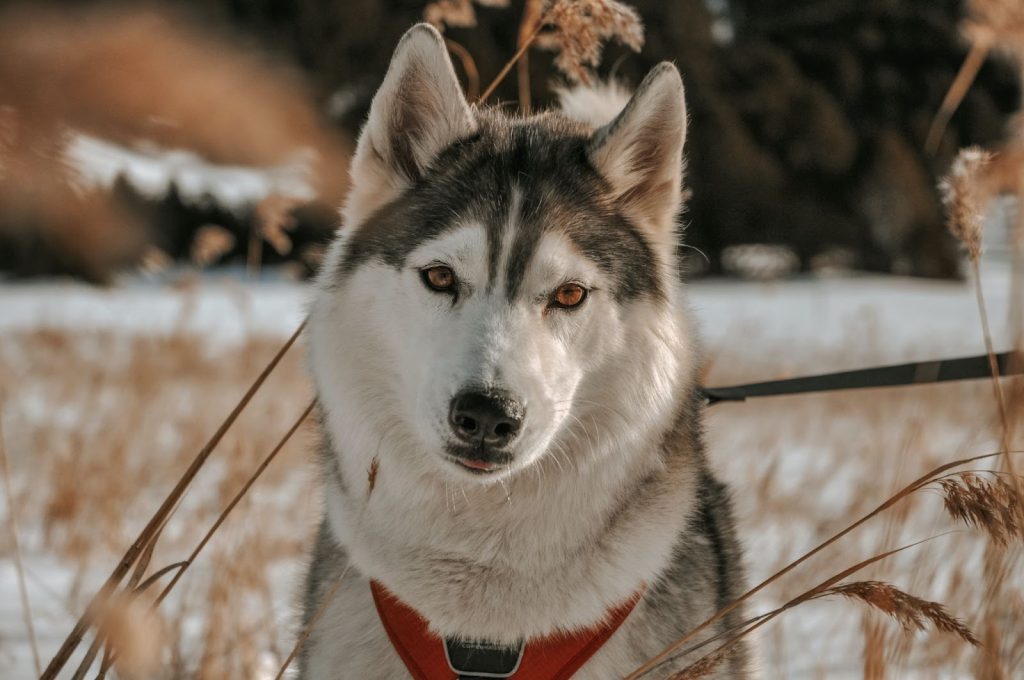
Termperament and Trainability
Siberian Huskies are known for their lively and outgoing temperament. They are friendly and affectionate towards their owners, but can be reserved with strangers. They are also highly energetic and require plenty of exercise to keep them happy and healthy. Huskies are intelligent dogs and can be trained to perform a variety of tasks, but they can also be stubborn and independent. It is important to establish a firm and consistent training routine with a Husky to ensure they understand their boundaries and expectations. Overall, the Siberian Husky’s temperament is best suited for active and experienced dog owners who can provide them with the attention and exercise they need.
When it comes to trainability, Siberian Huskies can be a bit of a challenge. They are intelligent dogs, but they have a strong independent streak that can make them difficult to train. Huskies are known for their stubbornness and can be resistant to following commands. However, with patience and consistency, they can be trained to perform a variety of tasks. Positive reinforcement techniques, such as treats and praise, are often the most effective way to train a Husky. It is important to start training a Husky at a young age and to establish a clear hierarchy within the household. With the right approach, a Siberian Husky can be a well-behaved and obedient companion.
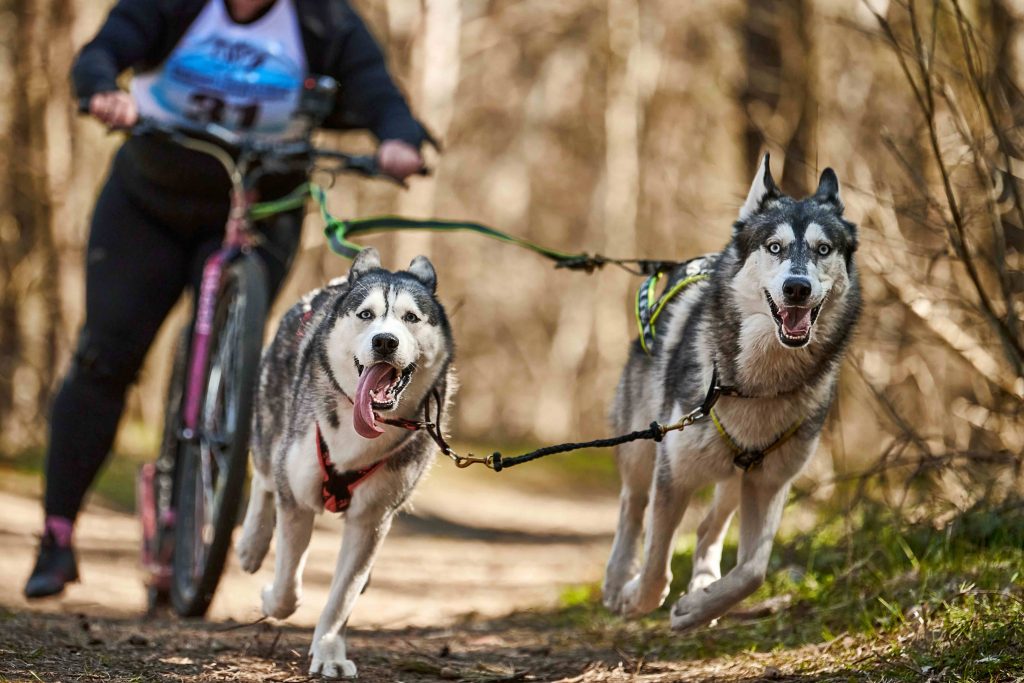
Known Health Conditions
Siberian Huskies are known to be prone to certain health conditions. One of the most common issues is hip dysplasia, which is a genetic condition that affects the hip joint. This can cause pain and discomfort for the dog, and in severe cases, it can lead to arthritis. Another condition that Siberian Huskies are susceptible to is eye problems, such as cataracts and progressive retinal atrophy. These conditions can cause vision loss and may require surgery to correct. Additionally, Siberian Huskies are prone to skin allergies, which can cause itching, redness, and hair loss. It is important for owners to monitor their dog’s skin and seek veterinary care if any issues arise.
Another health concern for Siberian Huskies is hypothyroidism, which is a condition where the thyroid gland does not produce enough hormones. This can cause weight gain, lethargy, and skin problems. Siberian Huskies are also at risk for a condition called zinc-responsive dermatosis, which is a skin disorder caused by a deficiency in zinc. Symptoms include hair loss, scaly skin, and itching. Finally, Siberian Huskies are prone to a condition called gastric dilatation-volvulus, which is a life-threatening condition where the stomach fills with gas and twists on itself. This can cause a lack of blood flow to the stomach and other organs, and it requires immediate veterinary attention.
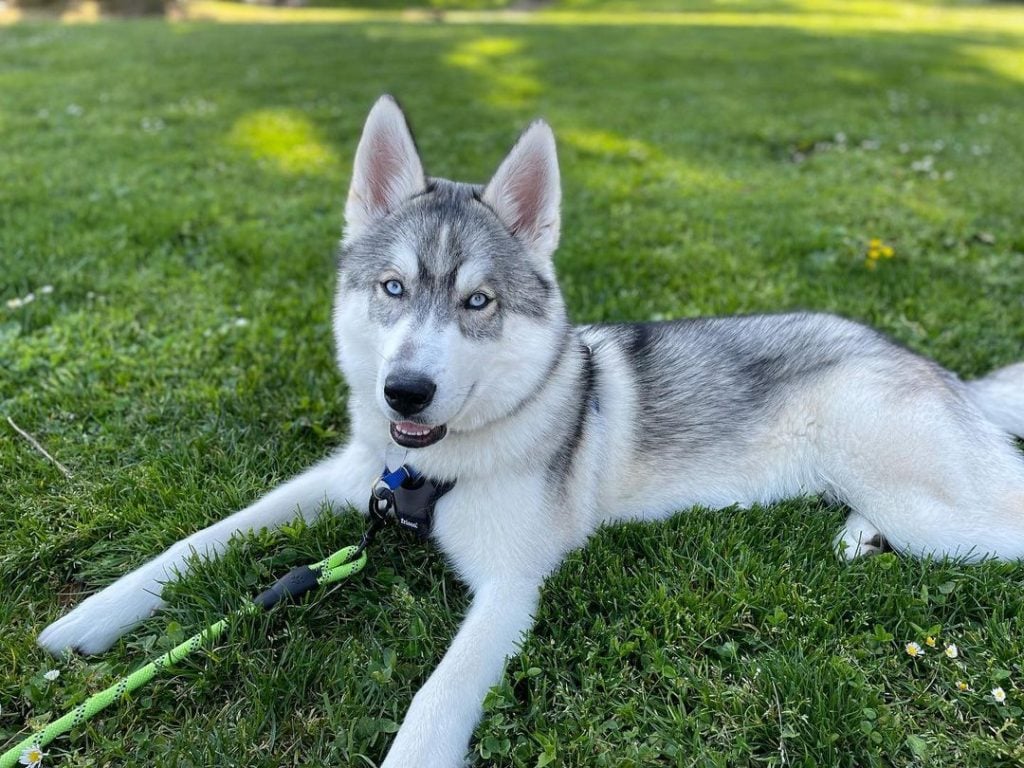
Openness to Strangers
Siberian Huskies are known for their friendly and sociable nature towards strangers. They are a breed that loves to interact with people and are always eager to make new friends. Their outgoing personality makes them a popular choice as a family pet, as they are great with children and enjoy being around people. Huskies are also known for their loyalty and will often form strong bonds with their owners, making them a great companion for those who are looking for a loyal and affectionate pet.
Despite their friendly nature, Siberian Huskies can be quite independent and stubborn at times. They are a breed that likes to do things on their own terms and can be quite headstrong when it comes to training. However, with patience and consistency, they can be trained to be obedient and well-behaved. Huskies are also known for their high energy levels and require plenty of exercise and mental stimulation to keep them happy and healthy. They are a breed that thrives on activity and love to be outdoors, making them a great choice for those who enjoy an active lifestyle.
Playfulness Level
The Siberian Husky is a highly energetic and playful breed of dog. They are known for their love of play and their ability to keep up with even the most active of owners. With their high energy levels and love of adventure, these dogs are perfect for those who enjoy spending time outdoors and engaging in physical activities. Whether it’s running, hiking, or playing fetch, the Siberian Husky is always up for a good time.
Their playful nature also makes them great companions for children. They are patient and gentle with kids, and love nothing more than to play and run around with them. However, it’s important to note that their high energy levels can sometimes lead to mischief if they are not given enough exercise and stimulation. Owners of Siberian Huskies should be prepared to provide plenty of opportunities for play and exercise to keep their furry friends happy and healthy.
Suitability as a Pet for Children
Siberian Huskies are known for their friendly and outgoing nature, making them a great choice as a pet for children. They are highly energetic and love to play, which can help keep children active and engaged. However, their high energy levels also mean that they require plenty of exercise and mental stimulation to prevent boredom and destructive behavior. Siberian Huskies are also known for their thick, double coat, which requires regular grooming to keep it in good condition. Overall, with proper training and care, Siberian Huskies can make wonderful pets for families with children.

Exercise Needs
Siberian Huskies are highly energetic dogs that require a significant amount of exercise to maintain their physical and mental health. As a medium-sized breed, they typically require at least 2 hours of exercise per day, which can be split into multiple sessions. This exercise should include both physical activities, such as running, hiking, or playing fetch, as well as mental stimulation, such as training or puzzle games. Siberian Huskies are known for their love of running, and they excel at activities such as sled racing or canicross. However, it is important to note that they should always be kept on a leash or in a secure, fenced area, as they have a strong prey drive and may chase after small animals.
In addition to their exercise needs, Siberian Huskies also require a balanced diet and regular veterinary check-ups to maintain their health. They are prone to certain health issues, such as hip dysplasia and eye problems, so it is important to monitor their health closely. Siberian Huskies also have a thick double coat that requires regular grooming to prevent matting and keep their skin healthy. Overall, Siberian Huskies are a high-maintenance breed that require a lot of time, effort, and attention, but they make loyal and loving companions for those who are willing to put in the work.
Suitability for a Multi-Pet Family
Siberian Huskies have a reputation for being friendly towards other pets. They are known to be sociable and enjoy the company of other animals. However, it is important to note that each individual dog has its own personality and temperament, so it is not a guarantee that every Siberian Husky will get along with other pets. It is recommended to introduce them to other animals slowly and under supervision to ensure a positive interaction.
Housing Requirements
Siberian Huskies are a highly active breed that require a lot of space to move around. They need a large, secure garden or yard to run and play in, as well as a comfortable indoor space to rest and sleep. The ideal housing for a Siberian Husky would be a spacious, well-ventilated kennel with a raised floor and a sturdy roof to protect them from the elements. The kennel should be large enough for the dog to stand up, turn around, and lie down comfortably. It should also have a separate area for food and water, as well as a covered area for shade and shelter. Siberian Huskies are known for their love of digging, so the kennel should be placed on a solid, level surface to prevent them from digging their way out.
In addition to a suitable outdoor space, Siberian Huskies also require a comfortable indoor area to rest and sleep. This could be a dedicated room or a crate, depending on the owner’s preference. The indoor space should be well-ventilated and free from drafts, with a comfortable bed or blanket for the dog to sleep on. Siberian Huskies are social animals and prefer to be close to their owners, so the indoor space should be located in a central area of the house where the dog can interact with the family. It’s important to note that Siberian Huskies are prone to separation anxiety, so it’s best to avoid leaving them alone for long periods of time.
Summary
Siberian Huskies have a high energy level and require a lot of exercise and mental stimulation. They are intelligent and independent dogs that can be challenging to train. They have a strong prey drive and may not be suitable for households with small pets. Siberian Huskies are social animals and thrive in homes with other dogs or with owners who can provide them with plenty of attention and companionship. They have a thick coat that requires regular grooming and may shed heavily twice a year. Overall, Siberian Huskies can make great pets for active and experienced owners who are willing to meet their needs.
Siberian Husky Dog FAQS
Siberian Huskies can be stubborn and independent, so they require consistent and patient training.
Yes, Siberian Huskies are generally good with children and make great family pets.
Siberian Huskies are bred for cold climates and can struggle in hot climates. They need access to shade and plenty of water.
Siberian Huskies are generally healthy, but they can be prone to hip dysplasia and eye problems.
Siberian Huskies are active dogs and need plenty of space to run and play. They are not recommended for apartment living.
Yes, Siberian Huskies shed a lot, especially during shedding season.
A Siberian Husky needs at least 2 hours of exercise per day.
You should groom your Siberian Husky at least once a week to keep their coat healthy and shiny.
The average weight of a Siberian Husky is between 16-27 kg.
The average lifespan of a Siberian Husky is between 12-14 years.
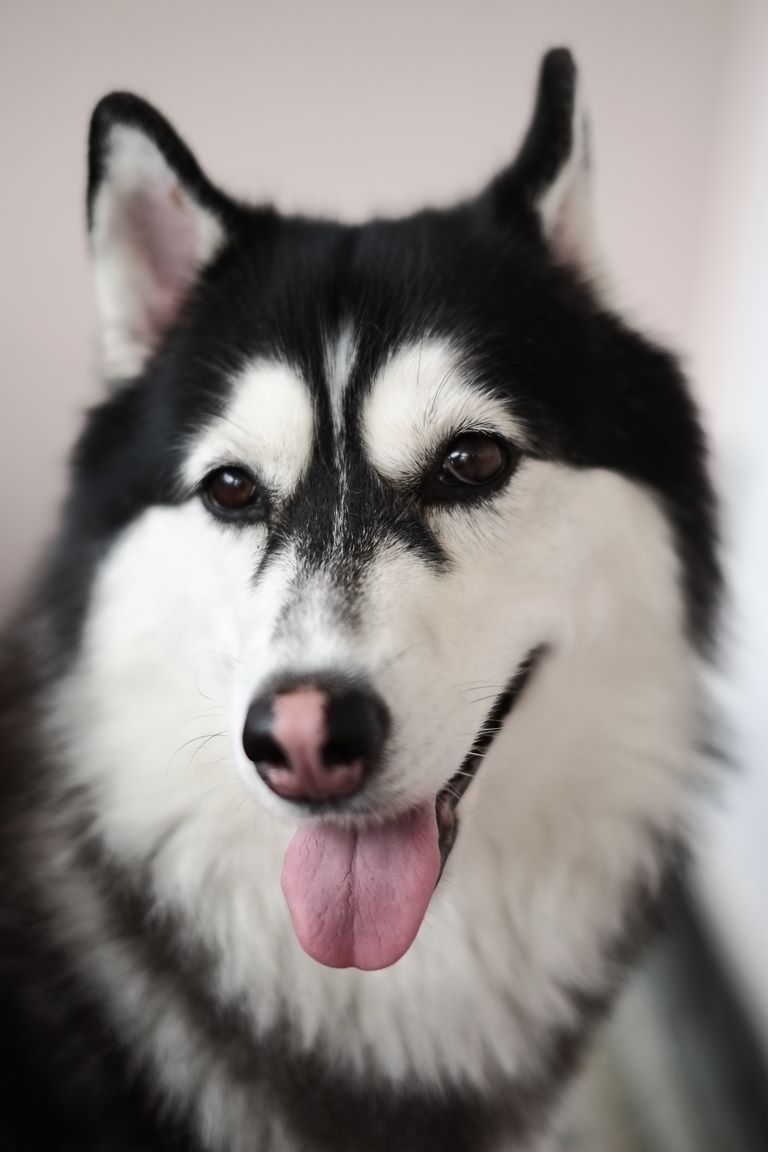
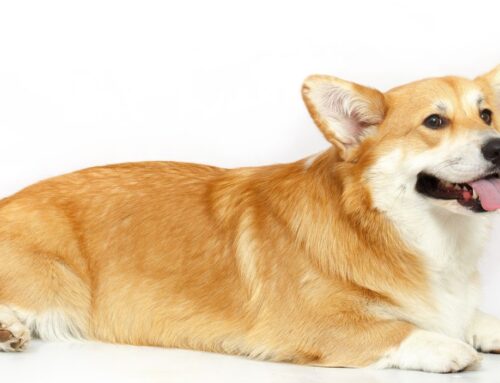

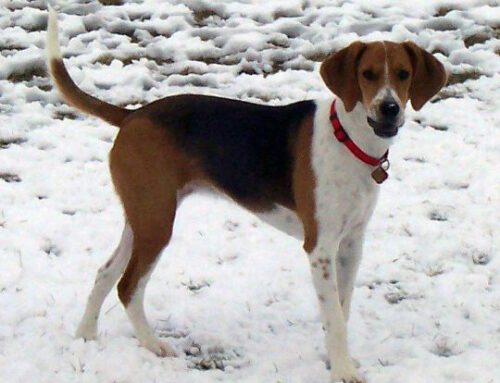
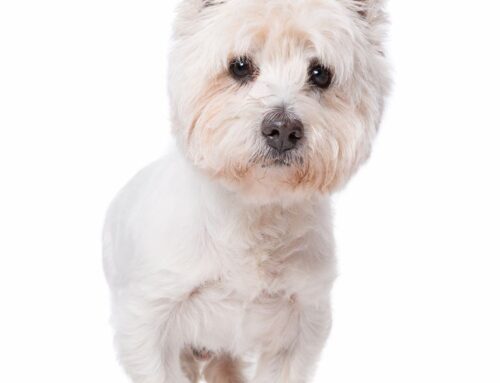

Leave A Comment